Very rare galvanometer, serial number 39. This "magnetic tester" was designed by Professor Ewing and marketed by the British firm of William Elliott (1781-1853) and his two sons Frederick Henry and Charles Alfred ELLIOTT Brothers.
At the center of the device a U-shaped magnet, split into two articulated parts, collects the magnetic flux and deflects the needle fixed on the upper part of the magnet. The device is equipped with a crank to drive a wheel which moves the internal mechanism of the magnet. The intensity of the current is measured using a graduated strip located above the galvanometer. A tank is present on the base which carries the manufacturer's riveted plate.
Device developed by the Scottish-British physicist Sir Alfred Ewing (1855-1935) who discovered and named hysteresis, the resistance of magnetic materials to variations in magnetic force. Ewing was professor of mechanical engineering at the University of Tokyo (1878-83), then professor of mechanism and applied mechanics at King's College, Cambridge (1890-1903). In his work on the magnetic properties of iron, steel and other metals, he succeeded in modifying Wilhelm E. Weber's theory of induced magnetism and constructed a hypothetical model corresponding to his own theory. In 1890, he observed that in electromagnets using alternating current, the magnetization of the metal is shifted relative to the variation in current flow. (See "Sir Alfred Ewing" in Encyclopedia Britannica.)
Similar model kept in London, Science Museum Group, no. 1970-95 with serial no. 31.











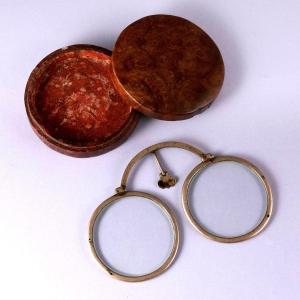





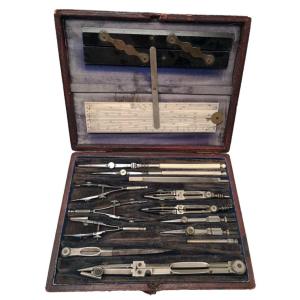
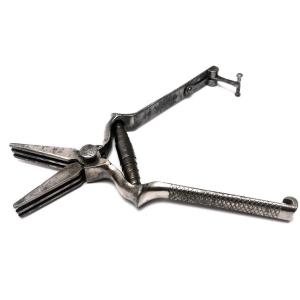







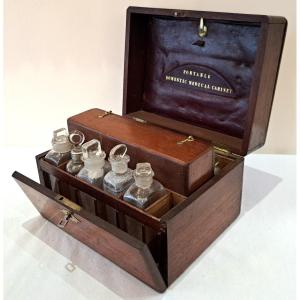


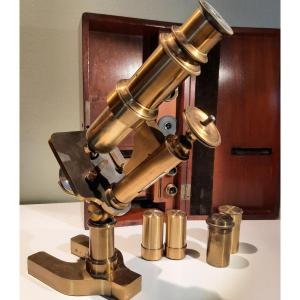
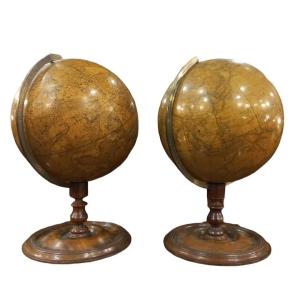



 Le Magazine de PROANTIC
Le Magazine de PROANTIC TRÉSORS Magazine
TRÉSORS Magazine Rivista Artiquariato
Rivista Artiquariato